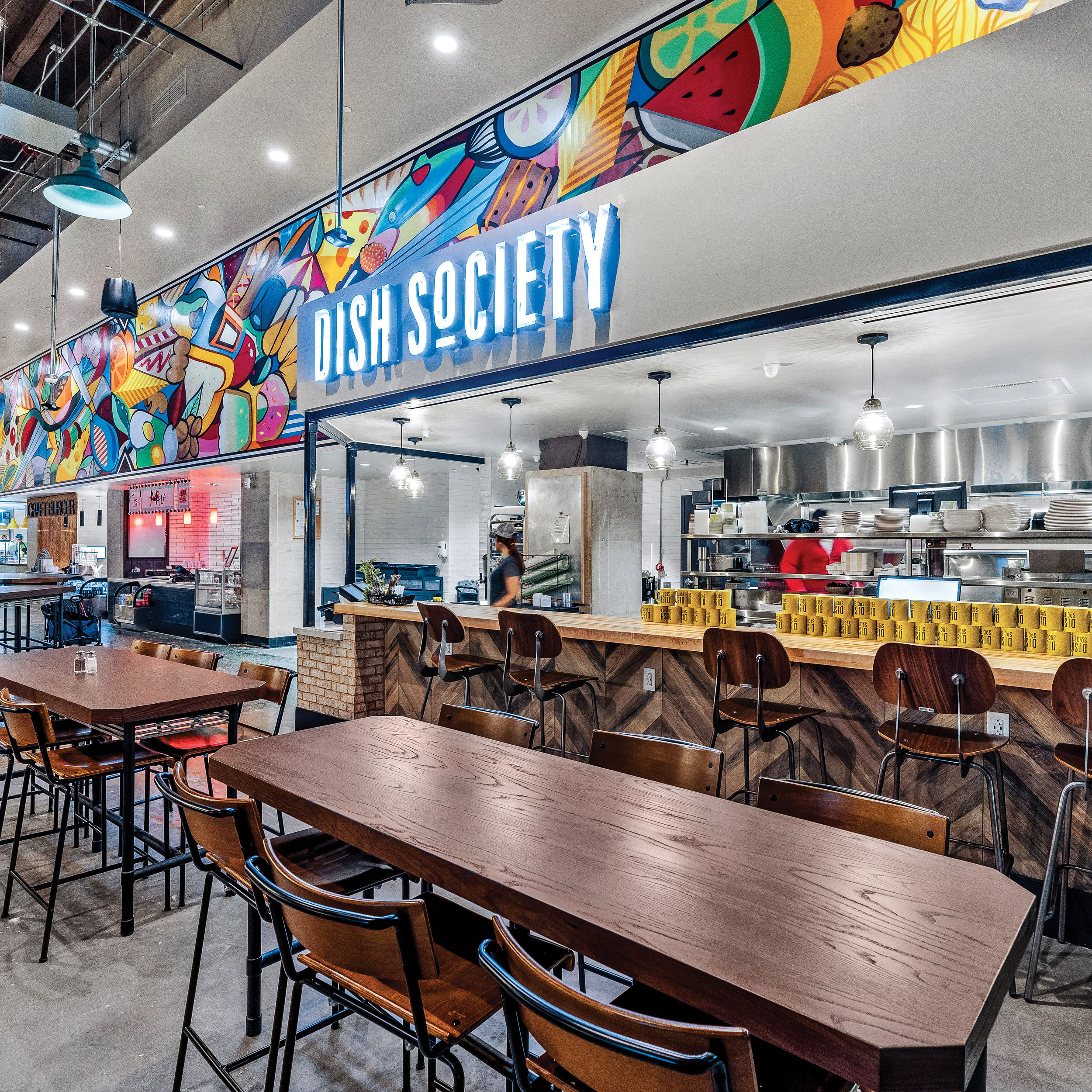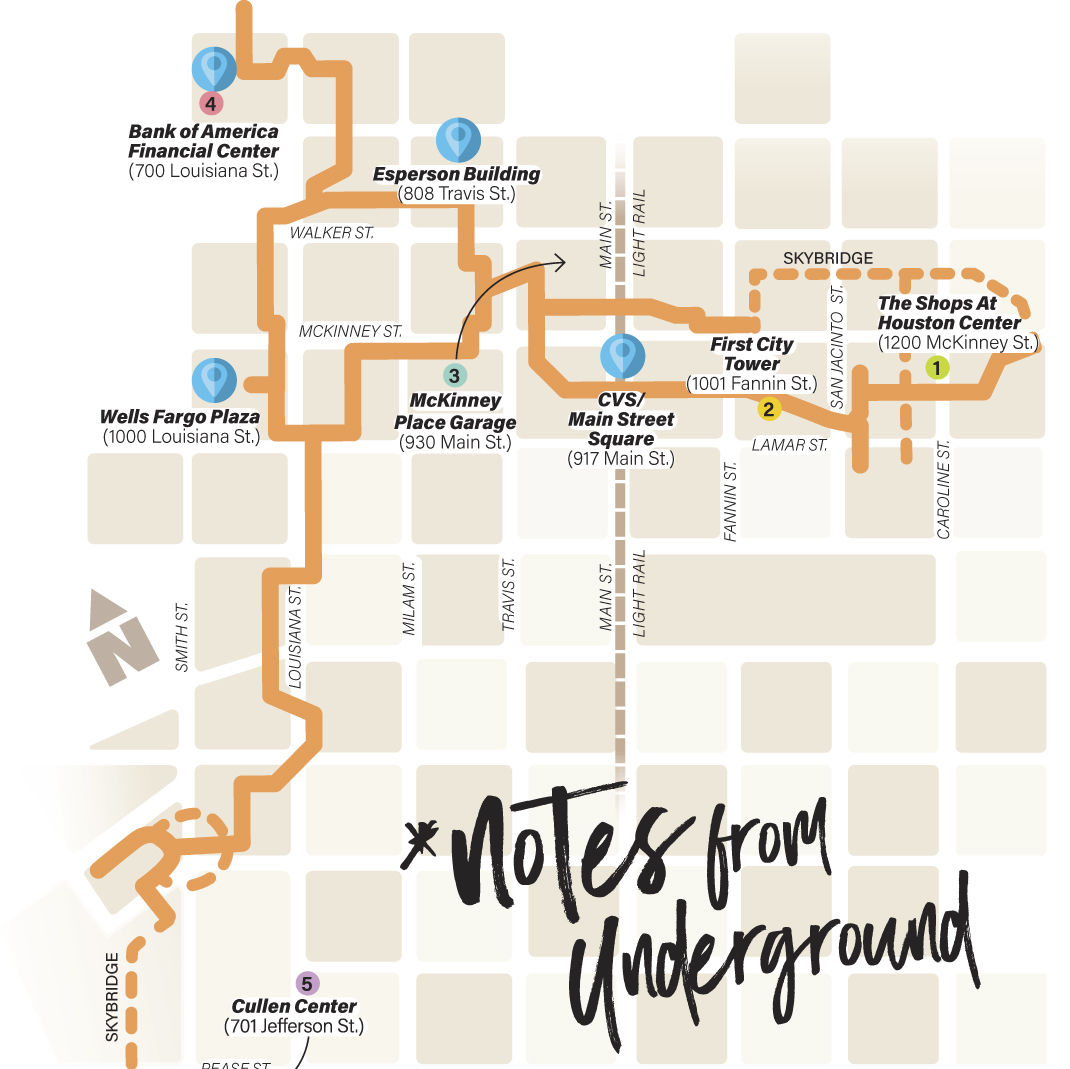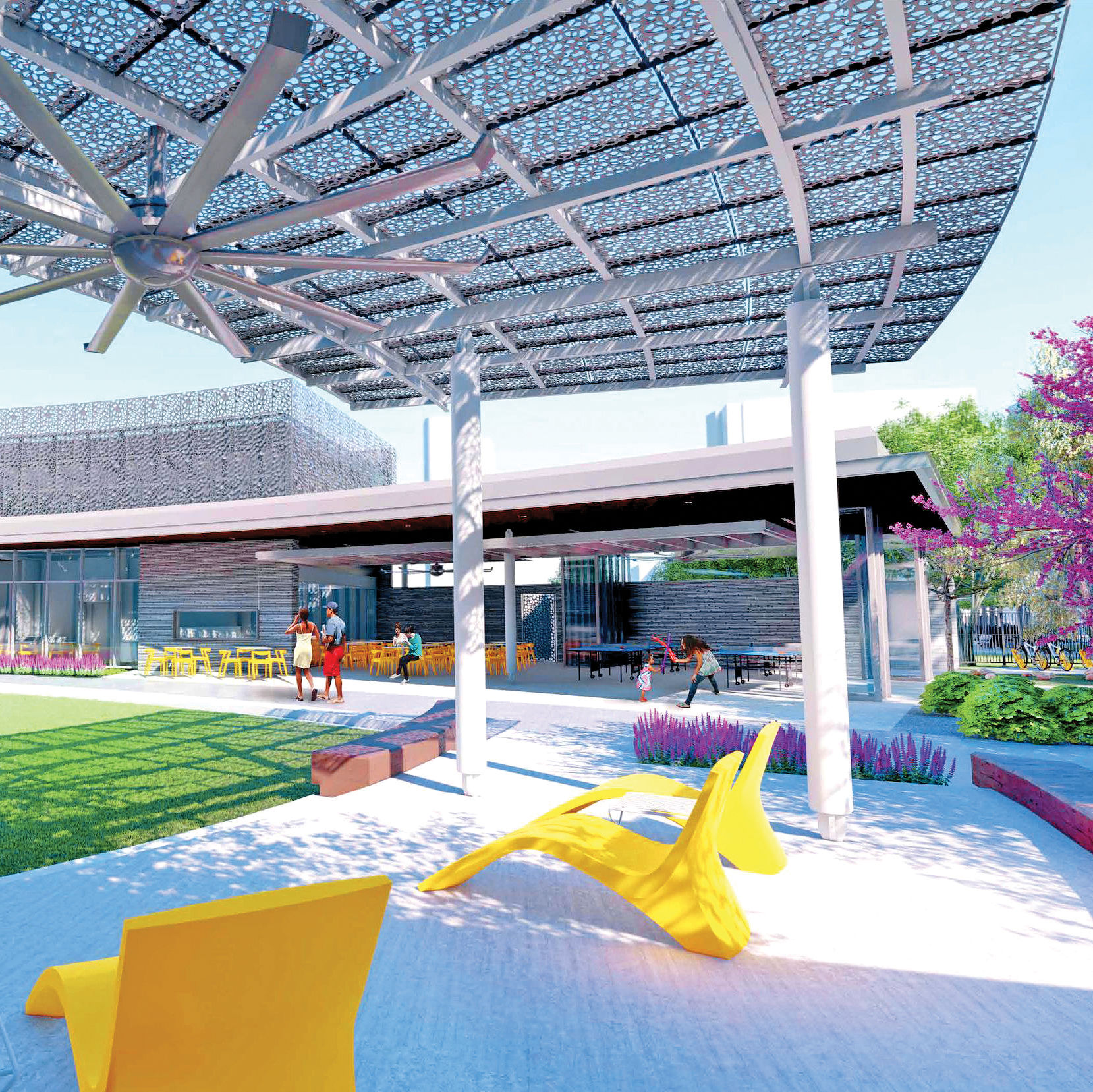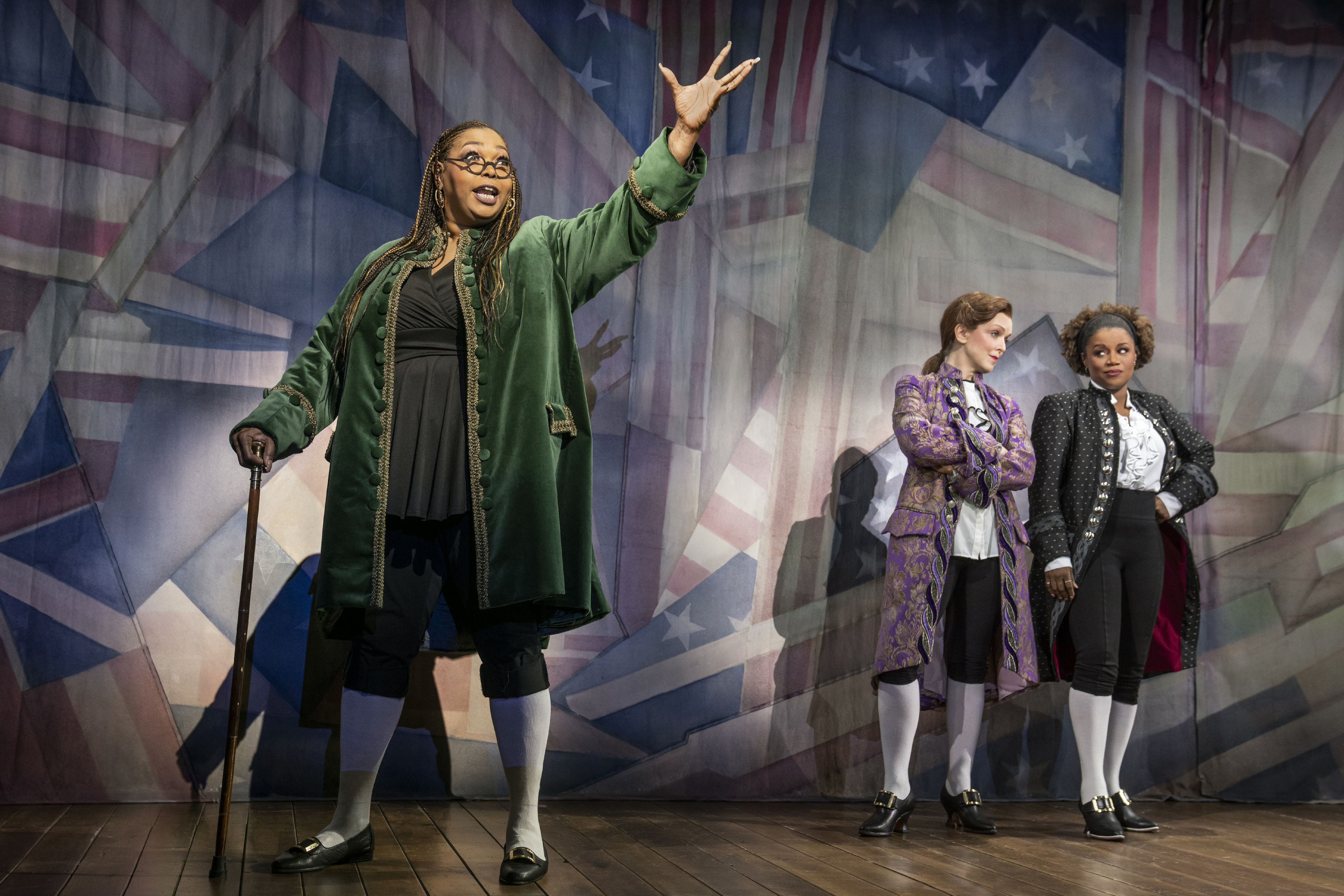How Downtown Houston Went from Barren to Bustling
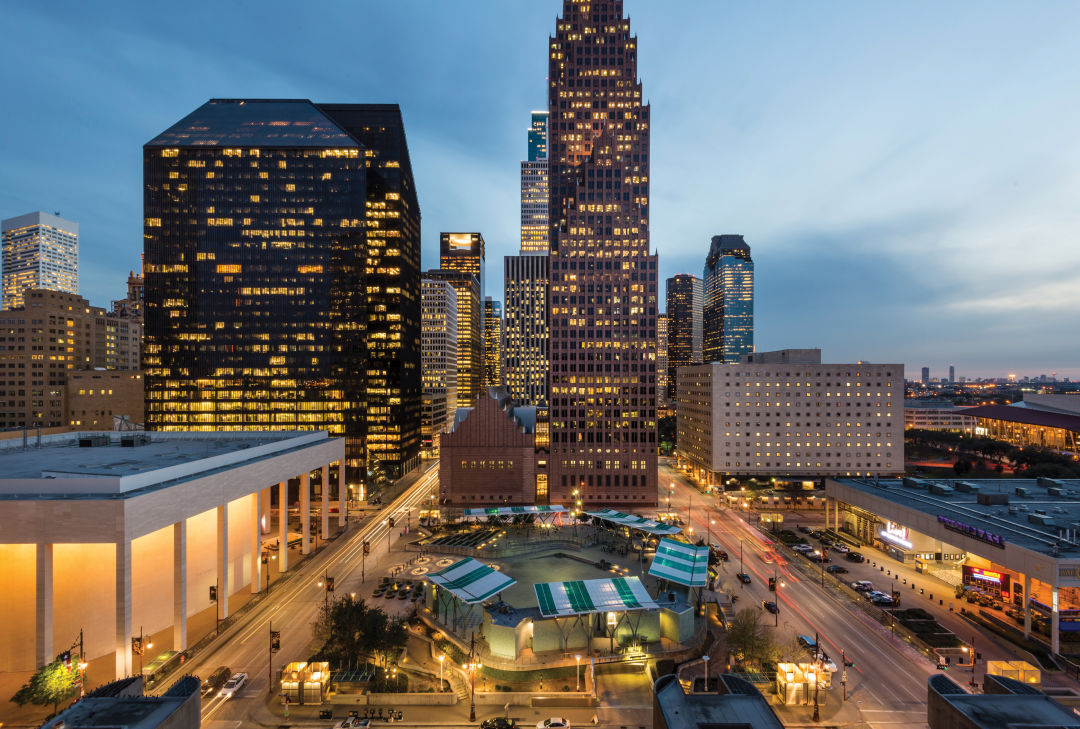
Image: Peter Molick
Walking the streets of downtown Houston on a weekday afternoon, you’re likely to see children playing at area parks, dog walkers, even a jogger or two flying down Main Street, weaving through strollers and brisk-moving office workers with practiced ease.
Just a few decades ago, such scenes were unimaginable. During the oil bust of the 1980s, downtown was a place where Houstonians went to work before leaving as soon as possible. Who could have foreseen all the people now hanging out in area bars and restaurants, hopping the METRORail to hit up Jones Hall, and lolling around at Discovery Green?
“It’s crazy to realize that downtown is really like this now,” says Bob Eury, the longtime president of the Houston Downtown Management District. “It didn’t happen fast. It sometimes feels that way now, but it took a lot of time and work to get here, to make downtown into what it has become today.”
Downtown has been around for as long as Houston has—just a hop away from Allen’s Landing—and in the beginning Houstonians did see it as a center of urban life. After the oil boom hit Texas in 1901, the district gained further prominence as a center of business for the nascent industry. But over the following decades, as the city continued to expand and people moved to the suburbs, retail and restaurants relocated with them, setting up in the Galleria area and other area malls. The city’s 1.84-square-mile downtown gradually emptied of everything but the business sector, which shrunk even further after the oil bust.
“When we started out in 1983 more than 10 million square feet of new office space was going up. We thought it would stay like that forever,” Eury recalls. “Once the recession came, though, we had to figure something else out. Nobody wanted to be down there.”
The management district went to work attracting investors and developers. There were successes—the construction of the George R. Brown Convention Center in 1987, the revival of the long-defunct Rice Hotel apartments in 1998, the arrival of a new baseball stadium in 2000, a burst of activity surrounding Houston hosting a Super Bowl in 2004—but they seemed to come in fits and starts.
Eury was patient. He’d known from the start that turning downtown into an attractive place to both work and live was going to take time. “I think everybody makes this assumption that you simply build these transformational projects and all of the rest will just organically happen, but that’s not the case,” he says. “It’s taken decades of work.”
The opening of Enron Field (now Minute Maid Park) was actually a turning point, Eury says. There’s been a steady buzz of activity ever since, with alterations and improvements including new parks (Discovery Green and the revamped Market Square and Buffalo Bayou parks), two more gleaming new sports arenas (the Toyota Center and BBVA Compass Stadium), and a new top-of-the-line theater venue coming into the already robust theater district (the Hobby Center for the Performing Arts). With these added draws, restaurants and bars eventually came back in, too, and some have developed surprising staying power.
While the 1980s saw only a few people setting up housekeeping amid the district’s millions of square feet of office space, today more than 10,000 Houstonians live downtown, taking advantage of the new amenities and improved transportation options, including the light rail and bike lanes.
“People want urban lifestyles now, they want to live in a place that has a lot of density, and a lot of options, where you can get around easily even without a car,” Eury said. “Houston is a young city still, but we’re fast moving toward becoming a city like New York. I look at our downtown, and I can see how we could start to resemble Manhattan, with that density and that urban lifestyle, 50 years from now. I would love to get to see it happen.”
To that end, the main goal is to continue improving the area and attracting residents. In 2017 the Downtown District and Central Houston Inc. released an ambitious 20-year plan that features walkable streets, a five-mile green loop around the city’s core, and new development guidelines for sustainable buildings.
There are more improvements to be made, but Eury marvels at how far downtown has come in the past three decades. “It keeps getting more exciting, almost day by day,” he says. “We knew we were making progress before, through all those years, but if you’d told me downtown would be like this 30 years ago, I wouldn’t have believed you.”



